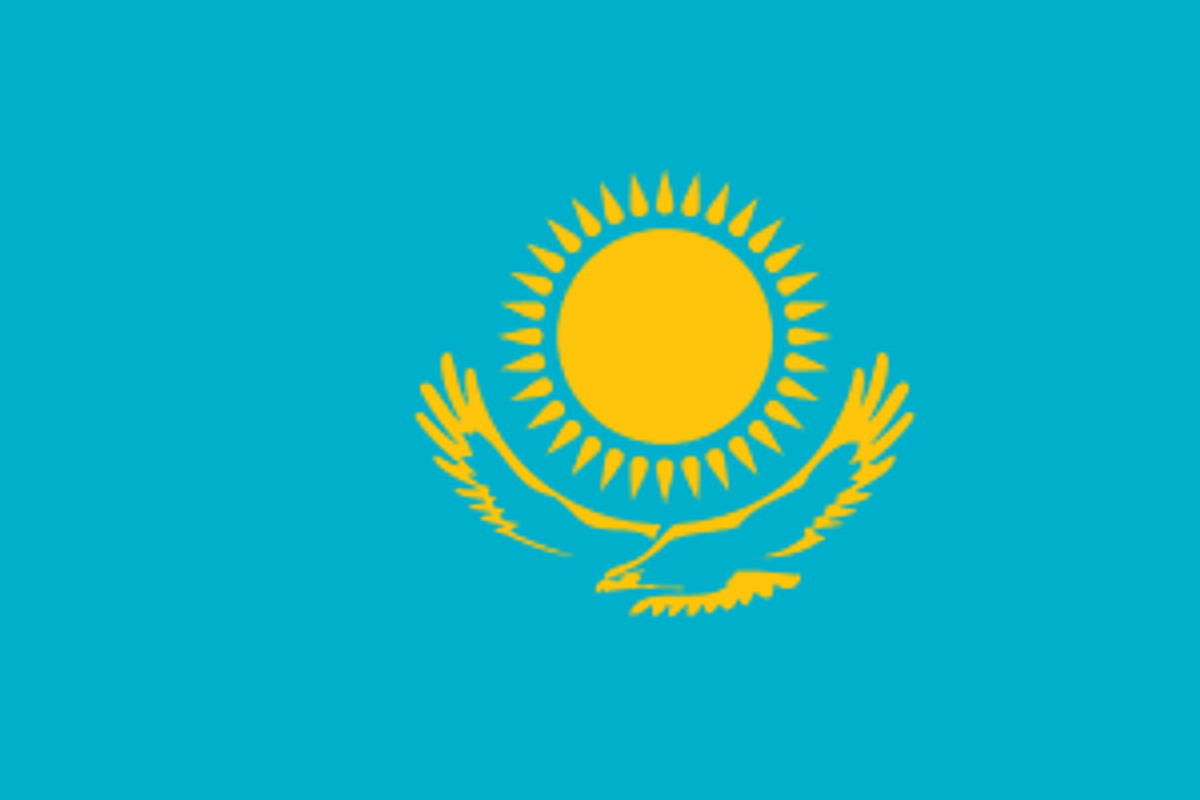
This week in uranium news, Kazakhstan was recognized as lead uranium supplier to US. Meanwhile, Foratom called for 100 new reactors in the EU by 2050, and Berkeley Resources revealed an updated mineral resource estimate.
Kazakhstan took the spotlight in the uranium space this week when news hit that the Central Asian country overtook Australia as the leading supplier of uranium to US nuclear power plants last year.
According to a report from the US Energy Information Administration, in 2014, 23 percent of the uranium purchased by US reactor owners and operators came from Kazakhstan, while 20 percent came from Australia and 18 percent came from Canada. Kazakhstan likely took the top spot because its average uranium prices have been lower than those of other major US suppliers for the past two years — they averaged $44.47 per pound in 2014 compared with the overall weighted average price of $46.65 elsewhere.
Kazakhstan has also been the world’s top uranium producer since 2009, producing 23,127 tonnes last year. All the country’s uranium production and exports are controlled by Kazatomprom, which has attempted to increase its domestic production capacity by working with international companies to encourage investment in uranium mining projects in Kazakhstan.
Uranium news: nuclear growth
Also this week, European Union (EU) nuclear trade body Foratom stated that the EU should at least maintain its current capacity of nuclear power generation up to and beyond the year 2050; that will entail the start of more than 100 reactors over the next 35 years. According to World Nuclear News, this target will deliver 122 GWe worth of nuclear capacity between 2025 and 2045.
“Altogether we can expect at least 14 EU Member States to be operating nuclear power plants (NPPs) in 2050. When built, new NPPs have many advantages in the electricity market: they are designed to operate for a long time (60 or even 80 years subject to the national safety regulator’s approval); have relatively low fuel and other operating costs; can be centrally and flexibly dispatched; and provide predictable output,” Foratom told the publication.
Uranium news: fire at Ranger mine
On a less positive note, this week a controlled fire at Energy Resources of Australia’s (ASX:ERA) Ranger uranium mine spread into Kakadu National Park and threatened to damage thousands of ancient rock art sites. The blaze has since been contained and mostly extinguished, and traditional owners in Kakadu are preparing to assess the damage.
According to The Guardian, the fire began under normal conditions, but an hour later a wind change reignited the embers and carried them into the park. The mine’s operators are being criticized for lighting a fire so late in the dry season, as this is the second year in a row it has gotten out of control.
Uranium news: increased resource at Salamanca project
Berkeley Energy (ASX:BKY,LSE:BKY) released an updated mineral resource estimate for the Zona 7 deposit on Thursday, increasing the resource grade as well as resource pounds. The total resource now stands at 31.4 million pounds of U3O8; that includes an indicated resource of 17.1 million tonnes at 735 parts per million containing 27.8 million pounds of U3O8.
“The inclusion of the important Zona 7 deposit is expected to fundamentally improve the economics of the Salamanca project, even at current Uranium prices, by significantly increasing the mine life, the production rates and by reducing the operating costs from the levels previously reported,” as per a press release.
At end of day Thursday, Berkeley’s share price was up 6.98 percent to close at AU$0.46. Year-to-date the company is up 73.58 percent.
Securities Disclosure: I, Kristen Moran, hold no direct investment interest in any company mentioned in this article.
Related reading:
Uranium News: India Criticized, Cigar Lake Starts Production
How Will India’s Nuclear Growth Affect Uranium Demand?





